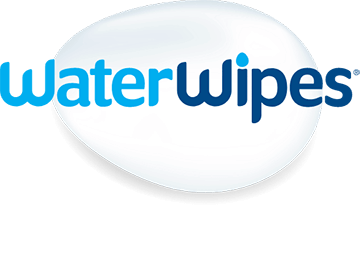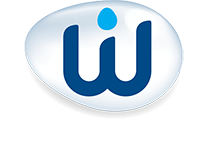Why baby’s skin can be so susceptible to added ingredients
Although it was suited to the intra-uterine environment, baby’s skin needs to continue to develop over the first year of life to form a robust barrier against the world in which we live.1,2The incomplete barrier formed by a baby’s stratum corneum results in greater trans-epidermal water loss (TEWL) and reduced skin hydration, as well as allowing topical agents to be easily absorbed.1,3The high ratio of baby body surface area to body weight further contributes to topical agents having a more intense effect on baby skin.1
Unsurprisingly, given the reduced epidermal barrier function of baby’s skin, the usual age of onset of atopic dermatitis (AD) is three to six months.1,4This common skin condition affects approximately 20% of infants and is characterised by epidermal barrier dysfunction, reduced diversity of the skin microbiome, inflammation and itching.5-7Its increasing prevalence, has led to an investigation into the importance of environmental factors and the realisation that the intrinsic barrier dysfunction and inflammatory response can be worsened by ingredients in products used on the skin.1,8,9Higher rates of AD are even seen in areas with hard water, leading to the hypothesis that chemicals in hard water may irritate the skin.9
It is recommended that any topical agents used for bathing and cleansing newborns and infants, should not adversely alter or affect the protective skin barrier.1
Minimising ingredients and maximising purity with WaterWipes water technology
Even in wipes considered ‘pure’ or ‘natural’ the average number of ingredients can start at seven so parents should be advised to always check the ingredients list on the back of the pack. WaterWipes contain just two, 99.9% purified water and a drop of grapefruit seed extract (GSE).
The water used within WaterWipes is what makes the product unique. WaterWipes are manufactured under clean room conditions using a unique purifying technology. The water passes through a seven-step purification process that removes impurities, softens and purifies the water. This purifying process makes the water significantly purer than cooled boiled water and produces a unique product that effectively cleanses the skin, without the need for several additional cleansing ingredients.
Ingredients with irritancy potential that may be found in other baby wipes
Surfactants
Surfactants are added to many baby wipes to decrease surface tension, allowing fat-soluble impurities to be removed from the skin surface.4The interaction of cleanser surfactants with stratum corneum proteins and lipids can be deleterious to skin. This damage can provoke scaling, dryness, tightness, roughness, erythema and swelling.4,10
The damage caused to skin barrier function by surfactants may be evidenced by an increased TEWL. Those with AD can experience a more severe increase in TEWL and suffer from irritation at a significantly lower concentration of the surfactant.8,9
WaterWipes technology means that there is no need for added surfactants. The unique water purifying technology lowers surface tension, resulting in increased wettability and access to more dirt and impurities, therefore providing a deeper and more effective clean and with just two ingredients.
Preservatives
Preservatives may be added to a product to prevent microbial growth from either the manufacturing process or contamination of the product during use.4Typically more than one preservative is used in a product to provide preservation against a range of microorganisms.4 A list of acceptable preservative chemicals is maintained by the European Union, some of which can only be tolerated up until a specific concentration.11Further ingredients may be added with a preservative to improve its function (e.g. by improving penetration into microbial cells) and allow for a reduced concentration.12
WaterWipes are manufactured under clean room conditions to prevent microbial contamination. This is a fresh product meaning they should be used within four weeks of opening and resealed after every use.
Fragrances
Products may still have a smell if labelled ‘fragrance-free’ but should be free of added fragrances. ‘Unscented’ means that a product has been formulated to have no scent, but ingredients may still have been added to mask the odour of the formulated product.4 Fragrances can cause and worsen itching, in both those with and those without AD—in some cases, the mechanisms behind this can be unclear.6 They can also provoke irritation or allergic skin responses on contact.4
What makes WaterWipes different to other baby wipes?
WaterWipes have been validated by the Skin Health Alliance as being purer than using cotton wool and water, therefore helping maintain the important skin barrier function of the stratum corneum, while offering the convenience of a wipe.
WaterWipes are highly recommended by midwives and other healthcare professionals and have become the preferred wipe for many Neonatal Intensive Care Units throughout Ireland, the UK, the US, Australia and New Zealand.13
Additionally, WaterWipes is the only baby wipe to hold numerous accreditations and registrations from global skin and allergy associations including:
The Skin Health Alliance
Allergy UK
The National Eczema Association of America (NEA)
The French Association for the Prevention of Allergies (Association Française pour la Prévention des Allergies - AFPRAL)
Vegan Society

